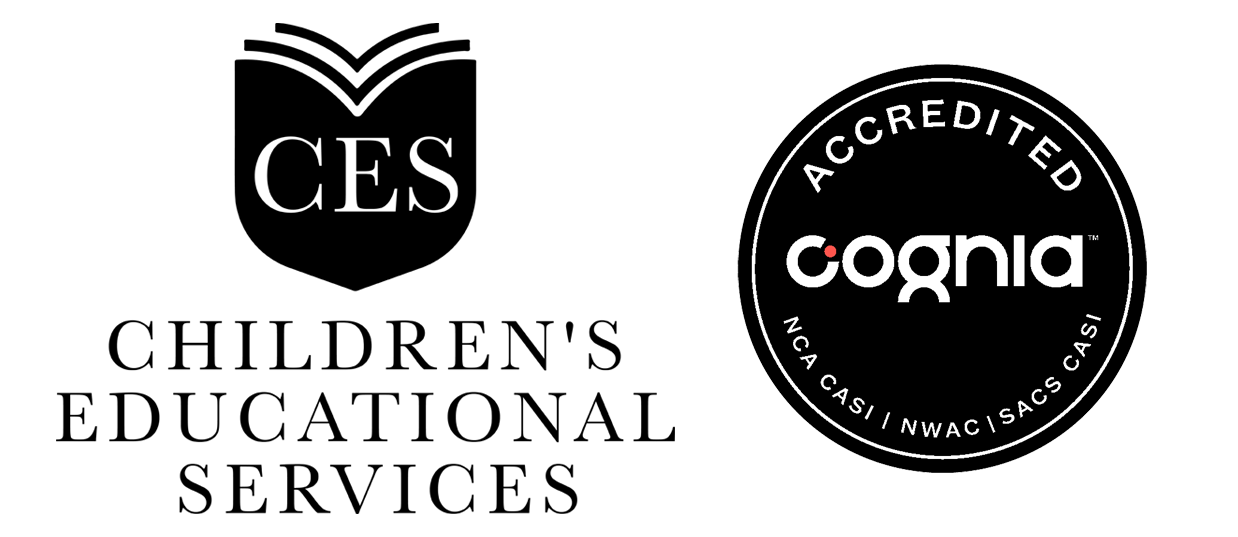If your child’s math homework has you scratching your head or groaning, you’re not alone. Here’s the scoop on the new approach to teaching math.

Well before parents had to support their kids heading back to school in a pandemic, helping them with their math homework was hard. But now, in the midst of figuring out the ins and outs of virtual or hybrid learning, it might feel even tougher, and “new math” isn’t helping matters. The concept has caught a lot of flak from parents on social media and even Ryan Reynolds who joked about it in a new back to school-themed gin ad.
Here, what you need to know about “new math,” also referred to as Common Core math.
Where Common Core Math Originated
Parents who grew up in the ’80s and ’90s and earlier learned basic formulas, such as long division to solve math problems. But starting in 2010, the Common Core State Standards Initiative (CCSSI) aimed to change the way American students were taught English language arts and mathematics. According the math and virtual learning experts at Prodigy, Common Core State Standards for Mathematical Practice were designed with three main goals:
- Provide graduating high school students with the skills they need to be successful either in the workforce or in post-secondary education
- Boost math test scores for all American students
- Smooth out the differences between individual state curriculums and practices
In order to accomplish these goals, Common Core math was designed with eight standards for mathematical practice in mind:
- Make sense of problems and persevere in solving them.
- Reason abstractly and quantitatively.
- Construct viable arguments and critique the reasoning of others.
- Model with mathematics.
- Use appropriate tools strategically.
- Attend to precision.
- Look for and make use of structure.
- Look for and express regularity in repeated reasoning.
In short, the goal of Common Core math is to reorganize math content so it reflects how students learn math, says Alesia Mickle Moldavan, Ph.D., assistant professor of mathematics education at Fordham University in New York City. “It’s giving students more options to see and engage in the content, connecting math better to big ideas as they progress through K-12 curriculum,” she explains.
New Math vs. Old Math Strategies
In order to help students develop a better conceptual understanding of what they’re doing versus simply jumping into procedures, educators will teach a range of methods for illustrating the underlying concept of a math problem. One of these is “landmark numbers,” like 25, 50, 75, 100, which are thought to be easier to work with because we can think about them in terms of money. Another is “friendly numbers,” which is typically a multiple of 10 or 100 and also considered easier to work with than, say, 47 or 457.
Say you want to add two-digit numbers. The old-school way millennial parents were taught involved putting one on top of the other and carrying, if necessary. Now, students are encouraged to rethink how they arrange the numbers. Moldavan gives the example of 41 + 29. You could rewrite 29 as 30, which is a rounder, “friendly number.” Then, you turn 41 into 40 (also “friendly”). You’ve subtracted 1 from 41, and added 1 to 29, so that cancels out. And now you have your product: 70.
Another strategy is called “making 10s.” “Say you want to add 8 + 6 + 2,” says Moldavan. “You might rearrange the numbers so you can quickly make a 10. So, you’ll add 8 + 2, and then add 6 to get 16.”
This concept is meant to better reflect how you might do a quick addition problem in your head—aka mental math. “Hopefully by reorganizing the numbers, it can help with mental math and a better understanding of what you’re doing with that math,” says Moldavan.
Additional methods entail drawing pictures to illustrate the concept. “The goal is helping children move away from ‘learning recipes’ and more toward understanding how numbers and patterns work,” says Dr. Rebecca Mannis, a learning specialist in private practice with 35 years of experience teaching children and adults in New York City. “For example, rather than teaching traditional two-digit multiplication, a teacher will often use methods such as the ‘box method’ or ‘arrays.'”
Common Core math also pairs critical thinking activities with a strong emphasis on word problems, says Dr. Mannis. “Some test questions ask students to write a few sentences about their reasoning or the approach they used to solve the problem,” she notes.
And by offering students a variety of techniques for reaching their final result, the hope is that they’ll have a whole toolbox of different strategies to rely on. “This way, students see it more as a problem-solving process, as opposed to ‘where is my formula?'” says Moldavan. In turn, educators hope they’ll be better prepared for the real world math. “After all, how often are you in a grocery store thinking you should carry the one?” asks Moldavan.
Source: Parents


